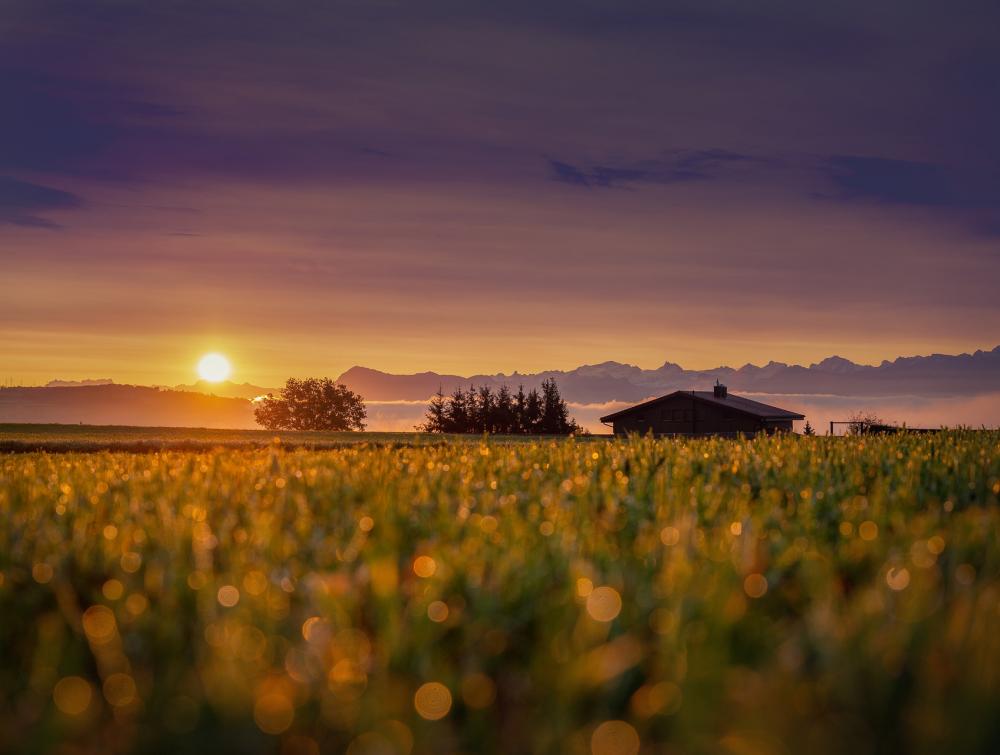The climate crisis is hitting close to home. What can we do?

Climate change-fueled events threaten communities' health and well-being.
Pixabay
Four takeaways from our conversation with local climate change activists
This year, communities in the West experienced an unprecedented wildfire season, record-breaking heat and dangerous air quality levels. As we envisioned a healthier future, we asked ourselves: How can local communities effectively help the fight against climate change?
To find answers, we reached out to community leaders in California, Colorado and New Mexico to understand how they are approaching this global issue at the local level. The result was the webinar "The climate crisis is hitting close to home. What can we do?" Here are four takeaways from our conversation:
1. The racist truth about climate change and pollution
As a result of laws, policies and planning rooted in systemic racism and economic exploitation, Black, Brown, Indigenous and working-class communities often live in the path of wildfires, floods and droughts. They're also historically located near sources of pollution and among the most impacted by COVID-19. Dr. Catherine Garoupa White, Executive Director of the Central Valley Air Quality Coalition, talked about how Latino communities in the San Joaquin Valley in California have been battling these concurrent issues. White spearheads policy advocacy for clean air in the region.
2. We need to change the narrative on public lands from climate change problem to solution
All too often our public lands are used as the grounds for unchecked oil and gas development that fuels climate change and pollution. But that can change. We can considerably reduce fossil fuel development on those lands and instead use nature to help communities adapt to the changes that we’re already seeing -- including extreme heat and dirty air. Beatriz Soto, Director of the Program Defiende Nuestra Tierra for Wilderness Workshop in Colorado emphasized the need to rethink the role of public lands in our lives. Soto works in a diverse range of architectural and community projects, always with a focus on environmental and social justice.
3. The voices of the most impacted should be at the table if we’re going to win this fight
The communities most impacted by climate change and pollution are typically not included in efforts to discuss climate change solutions and that needs to change. When it comes to public lands, we all use these lands and should have a say on how they are managed. Cynthia Naha, Director of Natural Resources for the Santo Domingo Pueblo in New Mexico gave the example of Chaco Canyon, an ancient tribal and archaeological site in New Mexico. Tribal Nations are pushing back to stop nearby oil and gas development that contributes to climate change and threatens this sacred land. Naha is Tewa and Ihanktonwan Dakota Oyate (Yankton Sioux) and a member of the Hopi Tribe. She works to ensure that Tribal communities have access to environmental protection, public health and safety.
4. What can we do in our communities? Speak up and be loud.
As community members, we need to pressure our leaders to implement just, fair and equitable solutions to the climate crisis. However, we can start by helping our family and friends understand that the climate crisis is all around us and exploring together what that means for our lives. Beatriz Soto, Director of the Program Defiende Nuestra Tierra for Wilderness Workshop talked about how to make this conversation a part of our daily lives. She works to encourage Latino communities in Colorado to become stewards of the land and to understand the importance of their voice in environmental and social issues.
